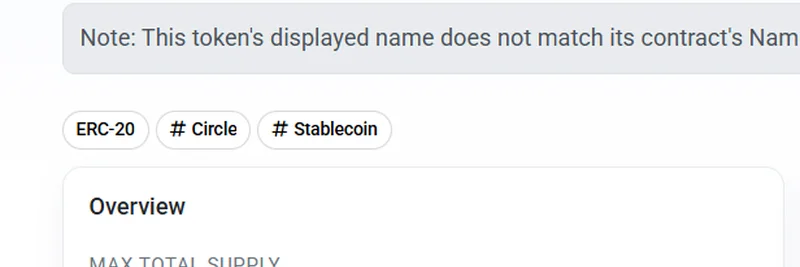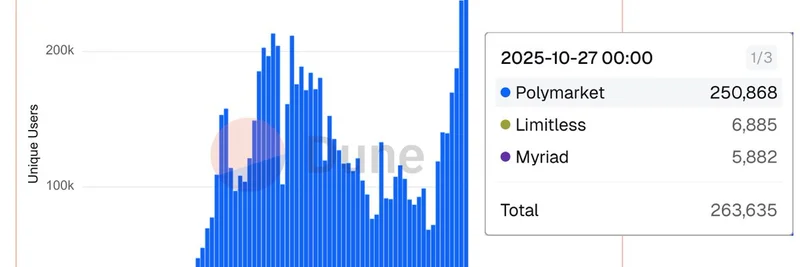In the fast-paced world of crypto, small metrics can signal big shifts. Recently, a tweet from @redphonecrypto highlighted an interesting milestone: Base, the Ethereum layer-2 network built by Coinbase, has just surpassed Solana in the number of unique addresses holding USDC. For those new to the space, USDC is a popular stablecoin—a digital currency pegged 1:1 to the US dollar, issued by Circle, and widely used for trading, payments, and avoiding volatility in the crypto markets.
This "flip" is noteworthy because it reflects growing user adoption on Base. According to the screenshots shared in the original tweet, Base now boasts over 5.169 million addresses holding USDC, edging out Solana's 5.168 million. It's a razor-thin margin, but in blockchain terms, it's a sign of momentum.
Why This Matters for Blockchain Adoption
Base, as an Ethereum layer-2 solution, offers cheaper and faster transactions compared to the main Ethereum network. It's integrated seamlessly with Coinbase, making it easy for newcomers to onboard. Solana, on the other hand, is a high-speed layer-1 blockchain known for its low fees and scalability, but it has faced occasional network outages and criticism over centralization.
The rise in USDC holders on Base suggests more people are using it for everyday crypto activities, like trading or holding stable assets. Stablecoins like USDC are often the gateway for users entering DeFi (decentralized finance) or NFT markets. A higher number of holders could indicate organic growth, though as some replies to the tweet pointed out, metrics like active addresses can sometimes be inflated by bots or manipulative activity. Still, as @redphonecrypto noted in a follow-up, it's a valuable directional signal.
One reply from @rektdiomedes echoed this sentiment: "Interesting... that's actually probably a decent metric to track too as far as signals of organic adoption and growth." Others, like @maxslch, were surprised, expecting Solana's bot-heavy ecosystem to dominate. This debate underscores the nuances in interpreting on-chain data.
Implications for Meme Tokens
At Meme Insider, we're all about the wild world of meme tokens—those fun, community-driven coins that can skyrocket (or crash) based on hype and virality. Solana has long been the go-to chain for meme tokens, thanks to platforms like Pump.fun, which make launching and trading them a breeze. Hits like Bonk, Dogwifhat, and countless others have thrived there, drawing in retail traders with low fees and fast speeds.
But Base is catching up fast. With its Coinbase backing and Ethereum compatibility, it's attracting developers and users looking for a more reliable alternative. More USDC holders mean more liquidity sloshing around, which is crucial for meme token trading. If Base continues this trajectory, we could see a migration of meme activity from Solana. Imagine more meme launches on Base, leveraging its growing user base for bigger pumps and stronger communities.
This shift could also benefit cross-chain meme strategies. Tools like bridges allow tokens to move between chains, but native growth on Base might reduce reliance on Solana's ecosystem. For blockchain practitioners, it's a reminder to diversify: keep an eye on layer-2 innovations while enjoying Solana's speed.
Looking Ahead
As of August 2025, this flip is just one data point in the broader crypto narrative. Will Base maintain its lead? Or will Solana rebound with upgrades? Metrics like these help us track real adoption beyond price hype. If you're into meme tokens, consider exploring Base's ecosystem—platforms like Friend.tech and emerging DEXes are heating up.
Stay tuned to Meme Insider for more updates on how these chain wars affect your favorite memes. What's your take—bullish on Base or sticking with Solana? Drop your thoughts in the comments!



